Vegan Lip Balm
Posted by Pawan Saunya on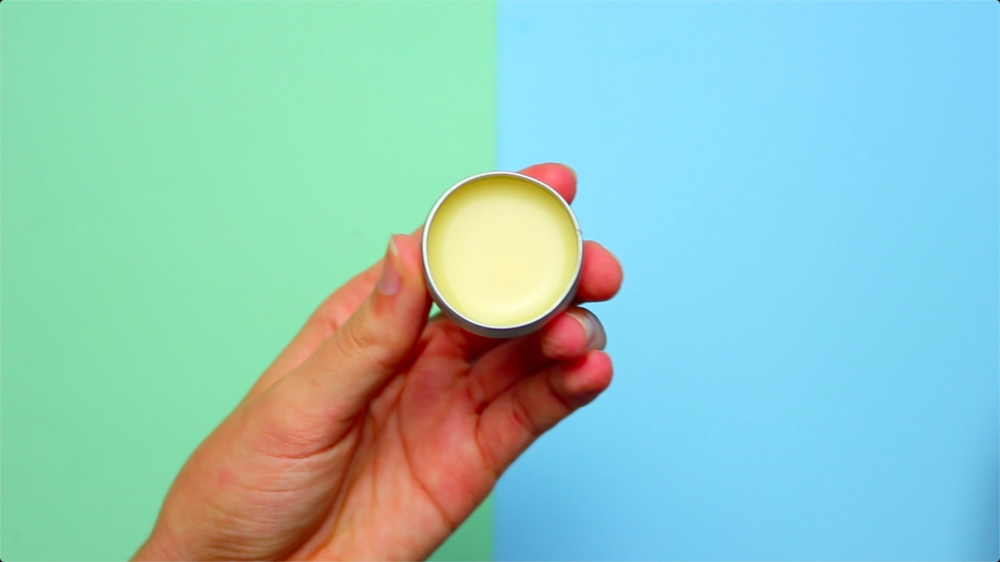
Today is the day, to make some magical vegan lip balm! And we are going to do that with just 3 simple ingredients. No more vaseline, no more plastic or metal tubs.
Let’s make some DIY Vegan lip balm!
METHOD
In a bowl over simmering water
Add 1 tablespoons of candelilla wax
1 tablespoons of organic unrefined shea butter
And add 2 tablespoons of organic unrefined coconut oil
Stir until completely melted. Once melted, for added scent you may add 5- 10 drops of your favourite skin safe essential oil.
Carefully pour the mixture into small airtight containers, or alternatively repurpose a tub or container you already might have at home, just ensure it is well cleaned and airtight.
Put in the fridge for 10 minutes, or until wait the mixture is hard. I’m sure you know how to use lip balm. You are meant to put it on your ears. Just kidding.
Simply apply on your lips as and when you want, and say hello to smooth and soft lips from your very own all natural lip balm.
This recipe will fill around 5 small containers. So share the vegan zero waste lipstick lifestyle with your friends and family because you definitely won’t need the 5 different
Tag us @zerowasteclub and @plantbasednews on instagram to be featured.

Madeleine Vos
Is working as an intern for Zero Waste Club, making some awesome DIY videos. She is here to help you make DIY products that will help you to reduce your waste.
Comment below with DIY Video recipes you'd like to see. And how did you get on making the recipe?
DIY Natural Washing Up Liquid
Posted by Pawan Saunya on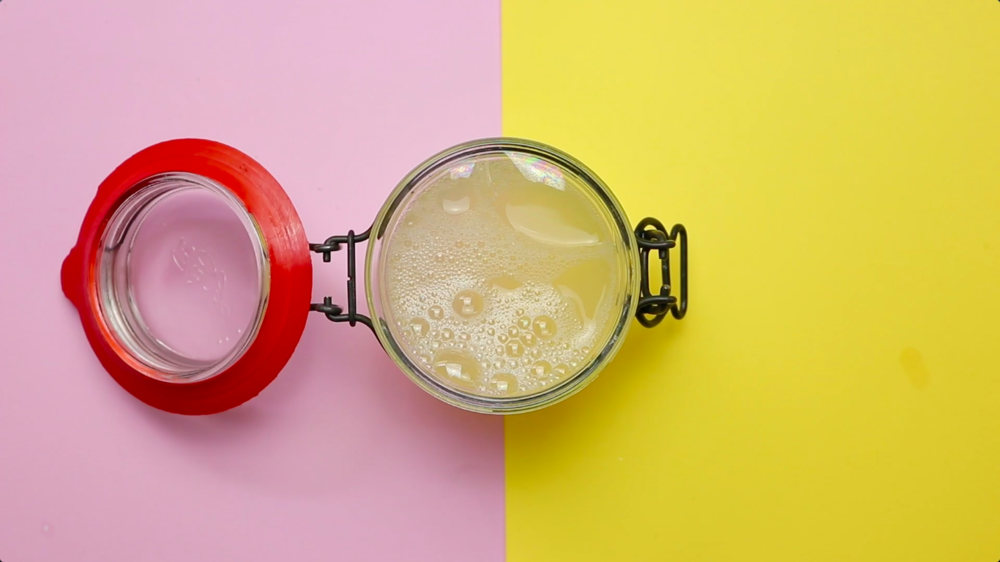
Tips for Making Your Own Zero Waste DIY Washing up Liquid
A recent study by Ecover, a Belgium-based company dealing with the manufacture of eco-friendly cleaning products, indicates that every square mile of the oceans and seas bordering the United Kingdom contains roughly 46,000 waste plastic pieces. The washing up liquid bottles that people keep on disposing accounts for some percentage of this waste that has put many marine animals at risk of losing their lives.
In as such, being an environment-conscious person that you are, there’s need to adopt zero waste washing up liquid as a way of environmental conservation. The best way to go about it is by making your own DIY washing up liquid. And guess what..! The process of making the detergent is a breeze; a few-minute affair! Here are the simple steps of doing it:
Put 3 TBSP of washing soda into a bowl
Since you are making washing up liquid just for your domestic consumption, 3 tablespoons of washing powder, among other ingredients that we are going to see here later on, will be enough. Washing soda, also known as sodium carbonate, is a vital component in many cleaning detergents because of its water-“softening” capability. It softens water by binding to the minerals that make it hard. As a result, it allows the other cleaning ingredients in a detergent to penetrate fabrics and dirt.
Add boiled water (half-cup) and stir
The second step involves adding half a cup of boiled water to the washing soda in the bowl. Then stir the two components until washing soda dissolves completely. Boiled water contains fewer impurities and compared to raw rainwater or one that has been drawn directly from a tap. You don’t want to add contaminants that could interfere with the effectiveness of your soap, do you? Then go for boiled or distilled water instead of raw.
Allow the solution to cool and add liquid castile soap(half-cup)
Once you have confirmed that your washing soda solution has cooled down completely, then, the next thing to do is to add liquid castile soap. Just a half a cup of the soap will be enough. Liquid castile soaps are the type of soaps which are manufactured by saponifying oil without including any additive. As a result, the soap can be used for various cleaning purposes.
Place the solution a clean glass jar and allow it to cool down
You’ll have to refrigerate the solution and so, it is important that you ensure that it cools down before putting it into your fridge.
Refrigerate
Once you have confirmed that the blend has cooled down completely, it’s now time to refrigerate it. Let it remain in the refrigerator until it becomes solid and opaque. It has to be white and creamy for easy and effective use. So, lastly, whip it for around a minute to make it so.
How to use it
You can use your white and creamy washing up liquid for an array of cleaning purposes. Use it at a ratio of 2 tablespoons to one large sink of water. If you want to clean up tougher dishes, use plain baking soda together with the washing up liquid. The two will help you clean up the dishes thoroughly and effortlessly.
Up to you now
Take up the challenge today and go green by making yourself washing up liquid for your household chores by using the above simple steps. One more thing; don’t forget to share this to help a friend out there.
Don’t forget to like and share this video to spread the zero waste love.
Tag us @zerowasteclub and @plantbasednews on instagram to be featured.

Madeleine Vos
Is working as an intern for Zero Waste Club, making some awesome DIY videos. She is here to help you make DIY products that will help you to reduce your waste.
Comment below with DIY Video recipes you'd like to see. And how did you get on making the recipe?
Vegan Dog Treats out of Wasted Almond Pulp
Posted by Pawan Saunya on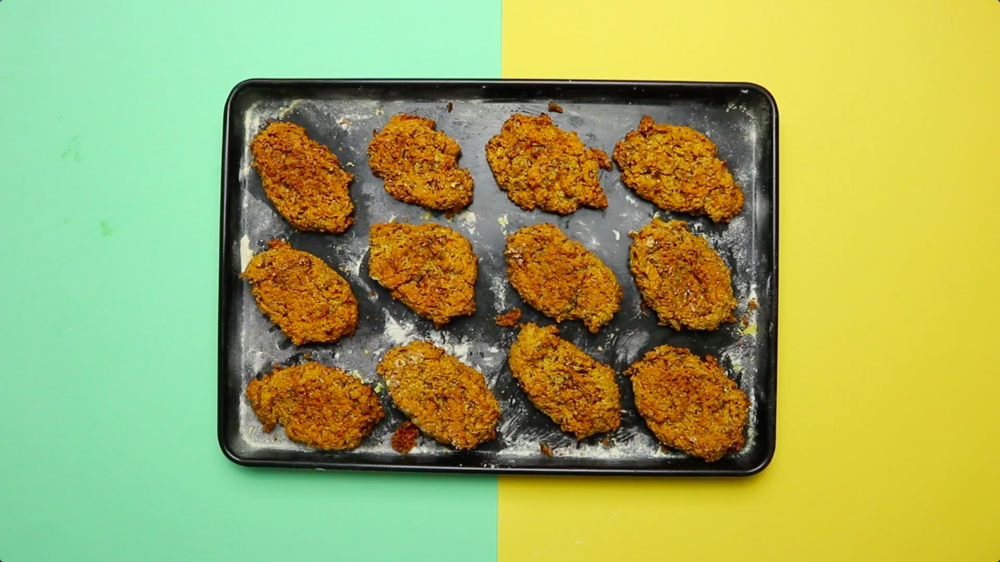
Did you know the longest living dog recorded was VEGAN! This blows our mind too!
Anyhow, on the last post we made some almond milk. So in this post we are going to use the waste that would have been created by making of the almonds (the almond pulpo) to create some vegan dog biscuits.
So let’s get started
Preheat your oven to 180 celcuis (356 F)
In a bowl add a ¼ cup of coconut oil
Add ¼ cup of peanut butter, and a mashed banana. Then combine.
Add 1 cup of blended oats
1 -2 cups of almond pulp depending on how much you have left over.
Add 1 teaspoon of baking soda
1 grated carrot and stir until completely combined.
Lightly flour a baking tray, and begin to make balls of batter with two spoons.
Lightly flatten them and place in the oven for 40 minutes, turning once in the middle, or until they are crispy and golden brown.
Break into your desired size of treats, and store in an airtight container in the fridge for up to a week.
Your dog will love the low impact / zero waste vegan dog biscuits!
If you didn’t get to see the almond milk recipe do check out our other blog posts.
Don’t forget to like and share this recipe and the video to spread the zero waste love.
Tag us @zerowasteclub and @plantbasednews on instagram to be featured.

Madeleine Vos
Is working as an intern for Zero Waste Club, making some awesome DIY videos. She is here to help you make DIY products that will help you to reduce your waste.
Comment below with DIY Video recipes you'd like to see. And how did you get on making the recipe?
DIY Natural Hair Spray
Posted by Pawan Saunya on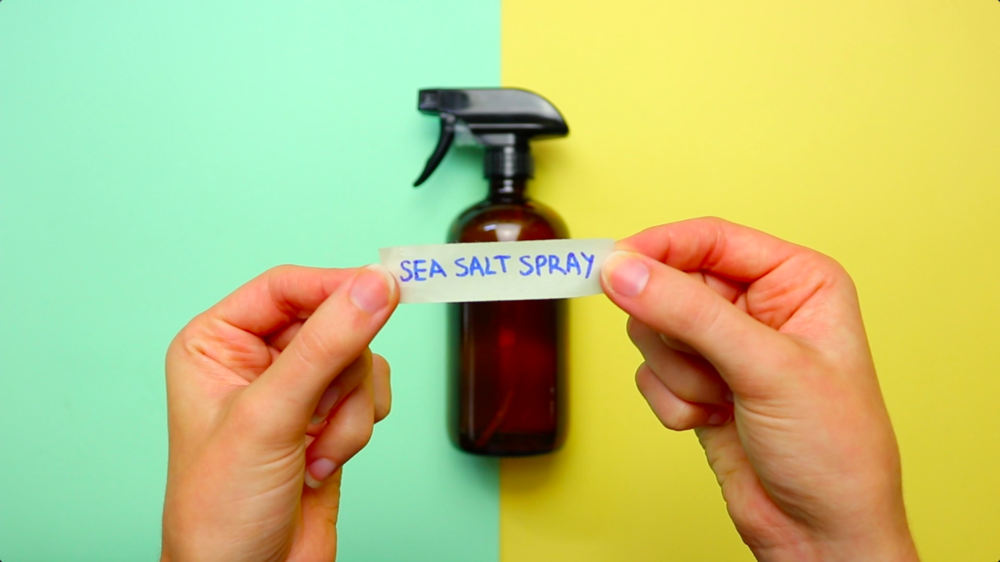
Today we will be making a simple green alternative to the current hair sprays that are on offer - which nearly 100% of the time comes in plastic packaging. This hairspray recipe is extremely cheap and easy to make.
We will be using 3 simple ingredients. 2 of them you definitely have at home - water and sea salt. And the third ingredient in this low impact hair spray is…. You guessed it! Argan oil... or to be honest any hair nourishing oil that works for you. Everyone has hair (maybe not all, if you don’t, I’m curious to as how you got here?). If you do have hair, you will definitely notice that on some days it’s more oilier than others. This depends mainly three factors: How often you wash your hair, with what you wash your hair and on the type of food you eat. So if you have more oilly hair, then you can of course decrease the amount of argon oil or your oil of preference.
Let’s get to it! Let’s make the world’s simplest natural homemade hairspray!
In a pourable container, add 1 cup of warm water
A tablespoon of sea salt
1- 2 tsp of argan oil or any hair nourishing oil and stir until it has dissolved.
As mentioned before, If you have dry hair add more oil, and if you tend to get greasy hair add less. Place the mixture in a glass spray bottle, or repurpose an old spray bottle you might have at home.
So how do we use this mystical natural hair spray?
Like anything in life, first shake well before use - not sure if you got that joke. But do shake well before use, and apply onto the ends of your hair after a shower, working the spray into your hair with your hands. Once dry you should be left with textured hair like you just walked off the beach!
Don’t forget to like and share this recipe and the video to spread the zero waste love.
Tag us @zerowasteclub and @plantbasednews on instagram to be featured.

Madeleine Vos
Is working as an intern for Zero Waste Club, making some awesome DIY videos. She is here to help you make DIY products that will help you to reduce your waste.
Comment below with DIY Video recipes you'd like to see. And how did you get on making the recipe?
DIY Almond Milk
Posted by Pawan Saunya on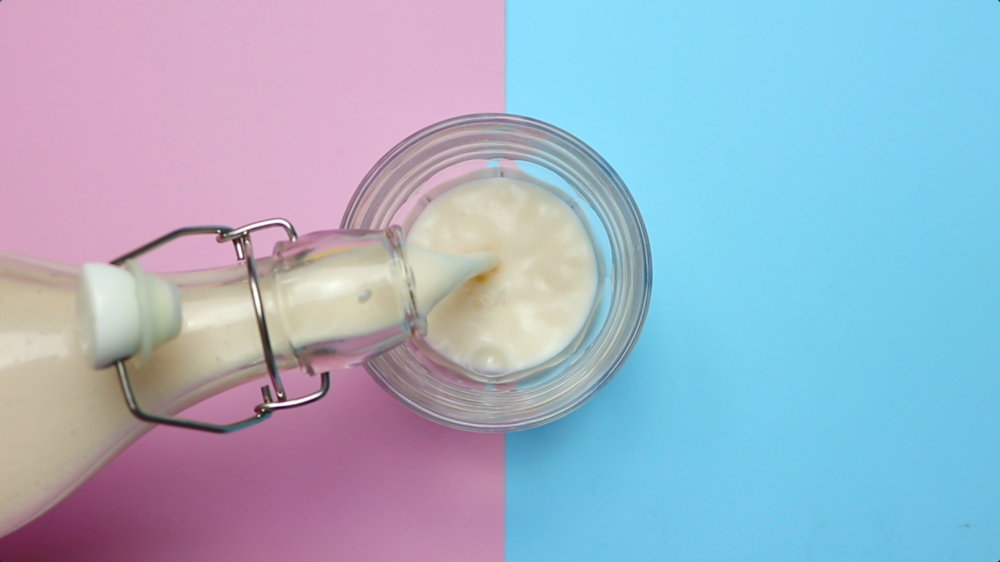
Before we even get started about almonds and almond milk, a lot of you may have the predisposition that almond milk is horrible for the environment, especially those living in California. Well, hell no! It is way better than cow milk. The graphics below should be of help:
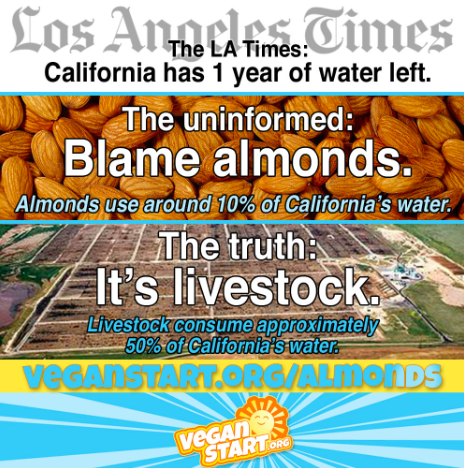
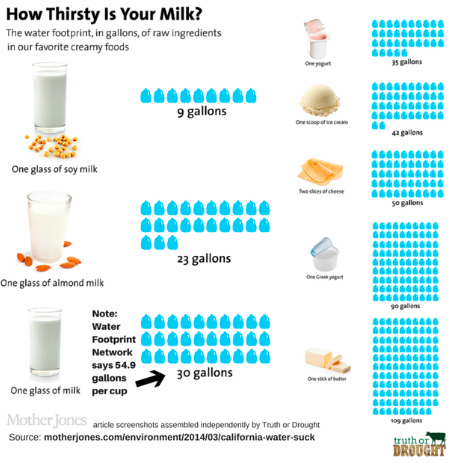
Sure that almonds have a bigger footprint than soy and oat milk but at the same time it is the most popular in the UK & US. So we wanted to make it a bit more eco-friendly by showing you a home method to making almond milk and also using the waste pulp to make some almond pulp doggy biscuits!
So let’s get started with the almond milk:
Pour 1 cup of almonds in a bowl and cover with water
Leave to soak for 8 - 12 hours, or over night. The longer they soak the creamier the milk.
Drain the water away and add the soaked almonds to a food processor with 3 cups of filtered water.
Blend on high for around 5 minutes
Sieve the mixture through a fine sieve at least twice, saving the nut pulp for another recipe(dog biscuits). if you have a nut bag or a fine cloth you can also use that.
Pour into a air tight bottle and keep in the fridge! It should last in the fridge for 3-5 days.
As you already noticed, it’s far more water intensive than making oat milk. But hey! If you want almond milk, I can’t stop you. Just to make you feel better, wanted to remind you that it is far less cruel and environmentally damaging than dairy milk.
Please be aware the next time you see an article about how “nut milks” are bad blah blah blah. Just remember that article is probably funded by the dairy industry.
If you’d like to see on how to reuse the nut pulp for some vegan dog biscuit recipe please check out our other post.
Don’t forget to like and share this recipe and the video to spread the zero waste love.
Tag us @zerowasteclub and @plantbasednews on instagram to be featured.

Madeleine Vos
Is working as an intern for Zero Waste Club, making some awesome DIY videos. She is here to help you make DIY products that will help you to reduce your waste.
